Palestinians prepared for Ramadan 2024 in a somber mood, with Israeli police tightening security measures and the threat of war and hunger in Gaza overshadowing the normally festive Muslim holy month as talks to secure a ceasefire stalled.
Thousands of Israeli soldiers have been deployed along the narrow streets of Gaza, where tens of thousands of worshippers are expected daily at the Al Aqsa mosque compound, one of Islam’s holiest sites.
The current war, which is in its sixth month, is far larger than that 10-day battle. It began on October 7, when thousands of Hamas fighters stormed into Israel, killing approximately 1,200 people, according to Israeli estimates.
Israel’s relentless campaign in Gaza has sparked growing concern around the world, as the growing risk of famine threatens to add to a death toll that has already reached 31,000.
International mediators from the U.S., China, Egypt, and Qatar are working ardently to broker this much-needed respite, which includes the exchange of prisoners and hostages—measures that could herald a period of calm and assist in addressing the urgent humanitarian needs of the area.
Overview of the Situation in Gaza
The Gaza conflict has escalated into a humanitarian crisis of alarming proportions:
Casualties and Displacement in Gaza:
According to the health ministry in the Hamas-governed territory, Israel’s counteroffensive has led to a staggering loss of life, with over 30,960 individuals killed, the majority being women and children.
The conflict has displaced 85% of Gaza’s population, leaving them without a home or refuge.
Humanitarian Concerns in Gaza:
Stark warnings of impending mass starvation have emerged, with the region transforming into a devastation zone marked by destroyed neighborhoods, malnourished children, and mass graves.
More than half of Gaza’s infrastructure is in ruins, exacerbating the dire humanitarian situation for its residents.
Regional Impact:
The war has also severely affected southern Lebanon, where Hezbollah militants, have engaged in nearly daily exchanges of fire with Israeli forces.
During Ramadan 2024, there is heightened concern that potential violence will occur at the Al-Aqsa mosque compound in Gaza, a site with a history of triggering Israeli-Palestinian confrontations.
The conflict has taken a toll on tourism within Gaza, leading to deserted Palestinian bazaars and a significant reduction in visitors for the past five months.
Despite ongoing violence and political tensions, efforts towards establishing peace continue:
Ceasefire Dynamics:
The Zionist forces continue to persecute Palestinian Muslims and attempt to illegally occupy their territories. Egypt has played a key role in mediating these indirect negotiations.
Recent talks spanning three days between Hamas and Israel have yet to yield a conclusive agreement on a ceasefire for 2024, with the United States, Qatar, and Egypt actively trying to facilitate a resolution.
Blockade and Aid Challenges:
The blockade of Gaza, imposed by both Israel and Egypt, continues with only minor restrictions on the movement of people and goods, contributing to the ongoing humanitarian crisis.
The complexities of providing aid in a conflict zone were highlighted by a US military airdrop of humanitarian aid that resulted in casualties, for which the US military has denied responsibility.
Negotiation Stalemates:
Hamas has demanded a permanent ceasefire and the “complete withdrawal” of Israeli forces from Gaza. In contrast, Israel’s terms for a cease-fire include the release of its captives.
Historical Significance of Ramadan 2024 in Gaza
In Gaza, the observance of Ramadan 2024 carries profound historical and cultural significance, deeply rooted in Islamic traditions and practices:

Foundations of Fasting:
Muslims worldwide are required to fast from dawn until sunset during Ramadan, which is one of the five pillars of Islam.
The significance of fasting extends beyond abstention from food and drink; it is a period of self-discipline, spiritual reflection, and a demonstration of devotion to faith.
Rituals in Ramadan 2024:
Suhoor and Iftar: The pre-dawn meal, Suhoor, and the evening meal, Iftar, which often includes eating dates, are central to the daily fasting routine during Ramadan.
Al-Taraweeh Prayers: Devout Muslims in Gaza engage in extended nightly prayers known as “al-Taraweeh,” a practice that fosters a sense of community and spiritual solidarity.
Charity and Giving: Muslims are encouraged to emphasize the spirit of generosity during Ramadan by donating to charity and reflecting on the plight of others, particularly in the context of Gaza’s humanitarian challenges.
Eid al-Fitr Celebrations:
The culmination of Ramadan is marked by Eid al-Fitr, a festive occasion where Muslims dress in new clothes, participate in communal prayers, give monetary gifts to children, and share joy within the Muslim community of Gaza.
The historical roots of Ramadan date back to 622 AD, during the time of the Prophet Muhammad (PBUH), and the traditions established then continue to shape the observances of the holy month in modern-day Gaza and the West Bank.
Gaza residents face challenges during the sacred month of Ramadan, but it remains a beacon of hope, equality, and tolerance. Special meals and customs are observed, transcending the difficulties of the present.
Current Challenges Faced by Gaza Residents in Ramadan 2024
Humanitarian Situation in Gaza:
Gaza is on the precipice of a humanitarian disaster, with imminent famine conditions exacerbated by Israeli restrictions on aid.
The conflict’s toll has been devastating, with over 30,400 Palestinian deaths and significant destruction across Gaza.
The local food production chain has been completely broken down, as essential services have failed to maintain the crops and livestock facilities, destroying crops and livestock.
Displacement and Unemployment in Gaza:
Displacement is widespread, with an estimated 1.4 million people seeking refuge in Rafah and surrounding areas.
The unemployment rate has soared to 52%, reflecting the economic devastation and lack of job opportunities.
A staggering 75% of the population has been displaced, with many facing famine; children are particularly affected, with deaths due to starvation and dehydration.
Infrastructure and Health Crisis in Gaza:
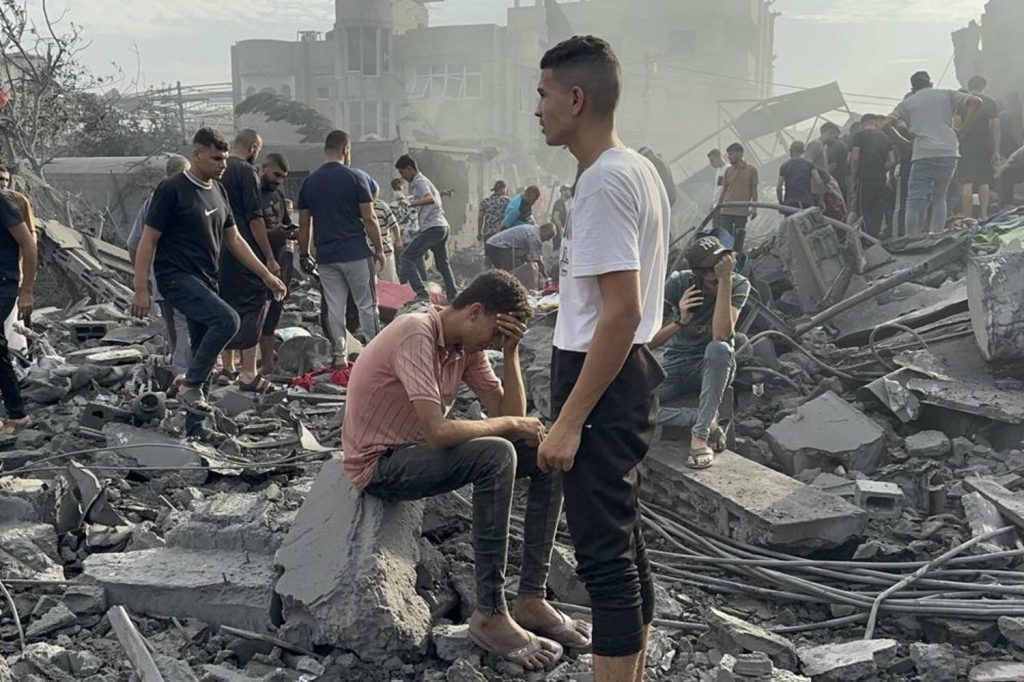
Gaza’s infrastructure is in shambles; approximately 65,000 housing units have been destroyed or damaged, leaving a vast number of residents homeless.
The healthcare system is in a state of collapse, with hospitals ceasing operations due to airstrikes and the ongoing blockade, leading to a public health emergency.
The destruction of three-quarters of the wells in Jabalia has severely compromised access to clean water, further endangering public health.
Restrictions and International Law Violations in Gaza:
Movement restrictions, such as the Israeli closure policy at the Erez Crossing, have severely limited the freedom and humanitarian aid access for Gaza’s population.
Accusations have been made by Security Council members against Israel, suggesting the use of starvation as a method of warfare, which is a violation of international law.
Despite the dire need for aid, humanitarian efforts are hindered by crossing closures and movement restrictions, challenging the capacity for an effective response.
International Efforts and Responses:
The United States is collaborating with Egypt and Israel to facilitate the opening of the Rafah crossing and has contributed significant financial aid to the region.
The UN and WHO have condemned the conditions in Gaza, urging for a ceasefire and peace initiatives to address the catastrophic humanitarian situation.
Organizations like Doctors Without Borders have noted the lack of Israeli efforts to mitigate civilian suffering and the tightening of restrictions on humanitarian assistance amidst extreme hunger.
The challenges faced by Gaza residents are not only immediate but also structural, with long-term implications for the region’s stability and the well-being of its people. As Ramadan approaches, these hardships underscore the urgent need for a ceasefire and a concerted international response to prevent further loss of life and to uphold human rights.
International Response and Ceasefire Efforts
United Nations Efforts:

The UN Secretary-General has called for an immediate cessation of hostilities, especially during the sacred month of Ramadan, emphasizing the need to adhere to international humanitarian law.
A special UN envoy was appointed to facilitate dialogue and negotiations between Israel and Palestinian representatives, aiming to secure peace and prevent further violence.
UNICEF has positioned itself as an advocate for a humanitarian ceasefire to ensure safe and unrestricted access to essential services within Gaza, focusing on the needs of displaced families and children.
International Mediation and Aid:
Egypt and other regional powers have been instrumental in mediating the tentative ceasefire agreement for Ramadan 2024, with Egypt hosting critical negotiations.
The US and Jordan‘s airdrop of 38,000 meals into Gaza highlights international efforts to provide immediate relief, despite challenges posed by Israeli restrictions on land crossings for aid.
Financial contributions have been significant, with Sweden resuming aid to UNRWA with a $20m disbursement and the European Commission releasing 50 million euros to support UNRWA’s efforts in Gaza.
Responses from Key Nations:
The United States has expressed urgency for a ceasefire by Ramadan, with President Joe Biden emphasizing the importance of de-escalation and pledging over $180 million in assistance to Gaza.
The UK has condemned the violence and is contributing £87 million in aid to the Occupied Palestinian Territories while deploying military assets to promote regional de-escalation.
Criticism from countries like Iran and Turkey towards the ceasefire reflects the complexity of international responses, with calls for stronger action against Israel.
Humanitarian Aid and Restrictions
Aid Delivery Challenges:
Pre-war, approximately 500 trucks entered Gaza daily with supplies; current efforts fall short of this benchmark, exacerbating the humanitarian crisis.
Critics question the practicality of airdrops as a long-term solution due to their inefficiency and danger, despite providing immediate relief.
Restrictions on Supplies:
Israel’s stringent control permits only 25% of goods, strictly humanitarian and necessities, to enter Gaza, significantly impacting the region’s ability to recover and rebuild.
The blockade has also included a complete halt of fuel imports for over a month, with resumed allowances still not meeting Gaza’s needs.
International and Local Responses:
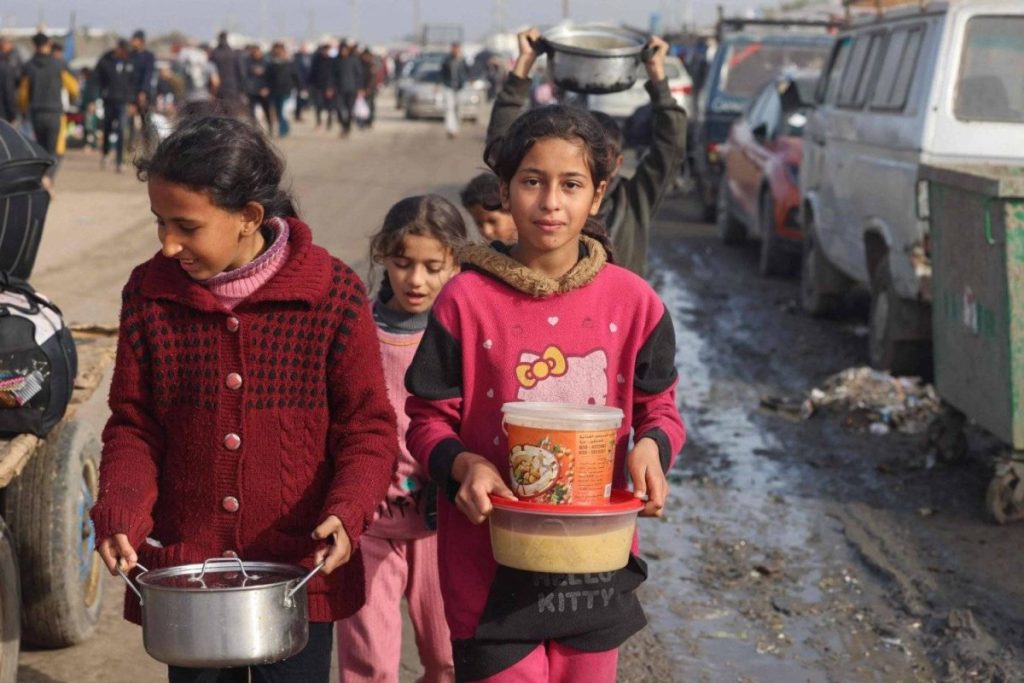
The Federation of Women’s Action Committees has made an international call to action, urging support to end the violence in Rafah and ensure the delivery of essential aid to Gaza.
Critiques of the US’s proposed pier off Gaza for aid delivery suggest it may divert attention from the core issues of the military campaign and ongoing siege.
The International Court of Justice has mandated measures to protect Palestinians and ensure adequate humanitarian assistance, yet compliance remains an issue.
Organizations like the IRC rely on donations to provide emergency aid, underscoring the importance of global support for Gaza.
Impact on Health and Well-being
Civilian Casualties and Injuries:
Since October 2023, the conflict in Gaza has resulted in over 29,000 Palestinian deaths and 70,000 injuries, a significant increase in civilian casualties that has strained the healthcare system.
Healthcare System Overwhelmed in Gaza:
Mass casualties exceed Gaza’s hospitals’ current capacity, facing critical shortages of medical supplies and trained healthcare professionals.
Impact on Children:
The conflict’s toll on children has been particularly severe, with over 1 million affected:
Over 12,000 children have been killed.
Thousands more are either missing or have sustained injuries.
There is a heightened risk of infectious diseases among children, necessitating continuous medical and psychological support.
Famine Risk and Medical Needs:
The entire population of Gaza is at immediate risk of famine due to the conflict, further compounding the medical needs and challenges within the region.
Mental Health Crisis:
The mental health of Palestinian children in both the West Bank and Gaza has been significantly impacted, with reported increases in anxiety and depression rates among this demographic [39].
Role of Religious and Community Leaders
Religious and Community Leadership in Action:
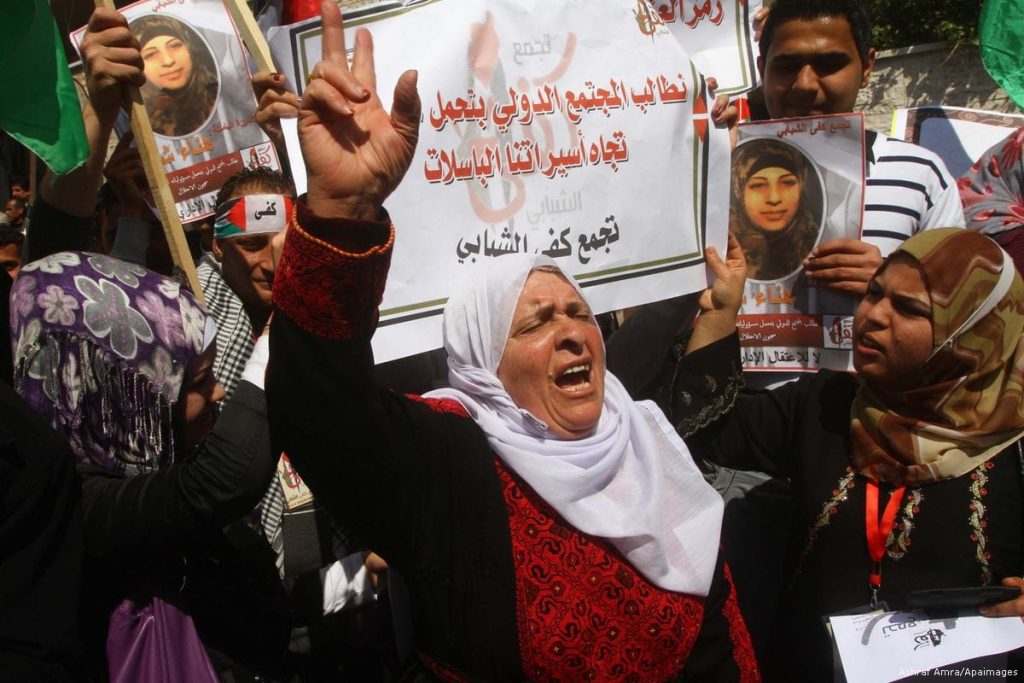
Women’s Mobilization: The Union of Palestinian Women’s Action Committees is rallying Palestinian women to engage in national movements actively. They are calling for:
Condemnation of aggression and support of boycotts against Israel and its allies.
Solidarity with the people of Gaza and the West Bank, including Al-Quds.
Interfaith Diplomacy: Religious leaders from the Abrahamic faiths are stepping forward to:
Engage with global stakeholders and decision-makers.
Condemn the use of religious sites as cover for combatants.
Advocate for peace and humanitarian efforts in the Israeli-Palestinian conflict.
Moral Guidance: Leaders like Shaykh M. A. Kholwadia are emphasizing the virtues of:
Patience and perseverance amidst trials.
Maintaining faith and hope during times of adversity for the people of Gaza.
Navigating Access to Holy Sites:
Al-Aqsa Mosque Tensions: Israeli authorities have stated that they will allow access to the mosque for worshipers during Ramadan, subject to weekly security evaluations, despite it being a focal point of contention.
Community Leader Involvement: Religious figures are poised to play a pivotal role in easing tensions by:
Providing moral reasons to cease conflicts.
Addressing religious extremism.
Facilitating humanitarian aid.
Educational and Rhetorical Efforts:
Inter-Community Dialogue: Christian leaders in Gaza are engaging with Muslim counterparts to:
Halt anti-Christian sentiments.
Provide joint educational initiatives through Christian-run schools for both girls and boys.
Global Initiatives: The Muslim Council of Elders is known for incorporating religious perspectives into global challenges and has participated in:
The Global Faith Leaders Summit on Climate Change.
Various initiatives aim at peace and reconciliation.
Global Solidarity Movements
The International Solidarity Movement’s Role:
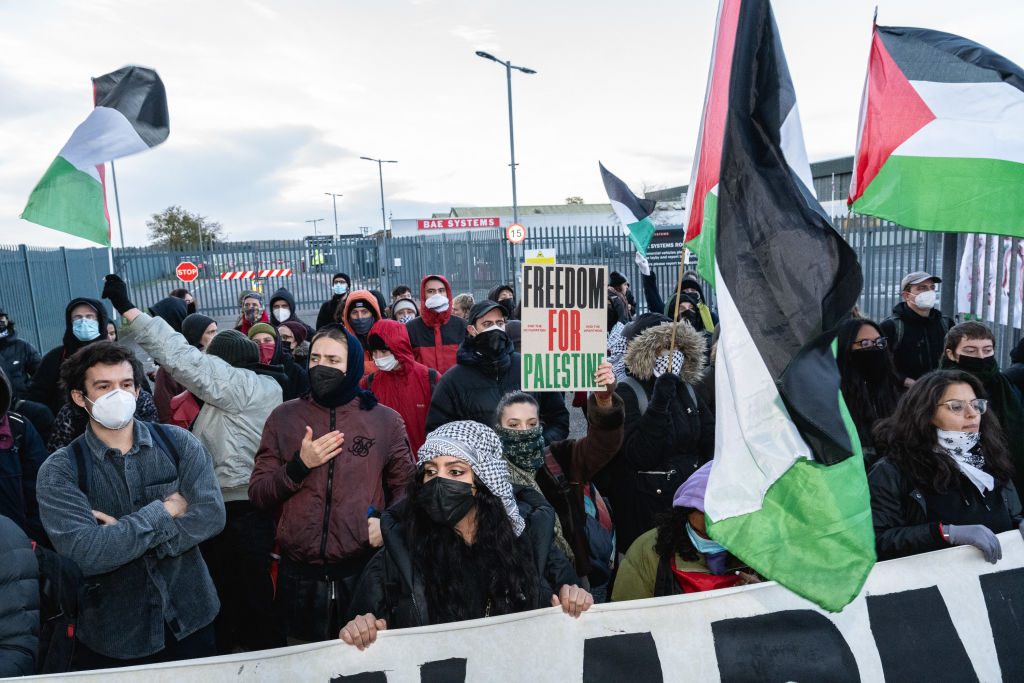
The International Solidarity Movement (ISM) stands at the forefront of the global solidarity movements, advocating for Palestinian self-determination through peaceful resistance.
Worldwide Protests and Actions:
Protests spanning continents, from Kuala Lumpur to Washington, D.C., have seen hundreds of thousands take to the streets in a unified call to end the Israel-Gaza conflict.
People worldwide are planning a global day of action for January NUM0 to respond collectively to the devastating toll of the conflict on Gaza’s population.
Social Media and Grassroots Initiatives:
The movement’s reach has been amplified through social media, with images of the affected in Gaza spurring legal actions, direct protests, and union activities across the UK, Europe, India, Canada, and the U.S.
Focus on Women and Children:
The Palestinian Federation of Women’s Action Committees has designated March 8, 2024, as the ‘Global Solidarity Day with the Women of Gaza,’ drawing attention to the conflict’s disproportionate impact on women and children.
Calls for Legal Accountability:
The same federation has called for the prosecution of Israel for alleged war crimes, as the world witnesses the harrowing scenes from Gaza through social media.
Right to Resistance:
The Palestinian people’s right to resist occupation, as recognized by international conventions, has been a rallying cry within the solidarity movements.
Journalistic Perspectives and Western Support:
Wael Al-Dahdouh‘s experience, shared on the Atheer platform, underscores the importance of global empathetic support and the role of journalism in highlighting Gaza’s plight.
Actively: Western communities are increasingly criticizing Israel’s actions, overcoming their fear of being labeled anti-Semitic.
Casualties Beyond Gaza:
The conflict’s reach has extended beyond Gaza, with Hezbollah confirming additional fighter casualties and a tragic loss of life from an Israeli airstrike in Lebanon.
Remembering the beauty of Ramadan 2024 in Gaza
The holy month of Ramadan has begun. Muslims all over the world are fasting, spending time with their families, and committing themselves to prayer and worship. We, among Gaza’s Muslims, experience heartbreak and mourning during this holy month.
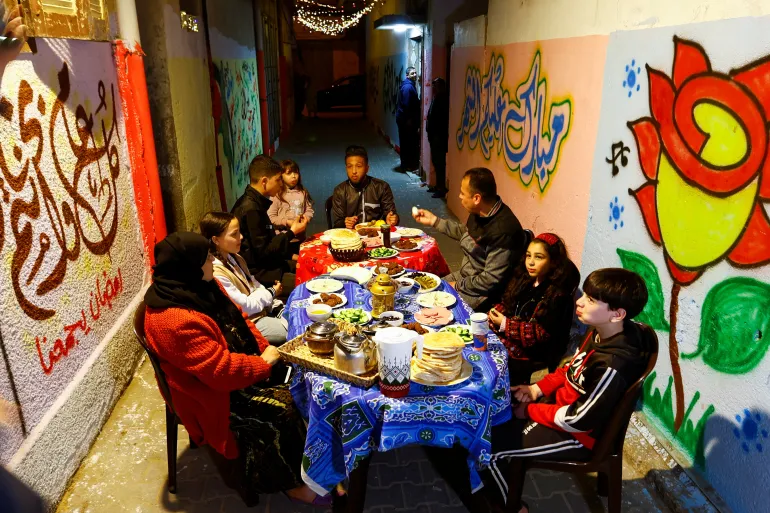
For more than five months, we have faced massacres, disease, starvation, and thirst at the hands of the Israeli army. Its violence and brutality have not ceased or diminished as Ramadan begins.
The realization that the world has abandoned the Palestinians exacerbates the pain, allowing Israel to continue its genocide during the Muslim holy month.
FAQs
What is the current status of Gaza City?
Gaza City, commonly referred to as Gaza, is a Palestinian city in the Gaza Strip. The most densely populated city in the State of Palestine, with a population of 590,481 as of 2017, was Gaza before the 2023 conflict between Israel and Hamas.
Can you explain what the Gaza Strip is?
The Gaza Strip is a 140-square-mile territory located in the southwest corner of Israel, bordering the Mediterranean Sea. It also shares a southern border with Egypt. The West Bank is another separate territory within Israel, significantly larger at 2,173 square miles.
What is the purpose of the blockade on Gaza?
The primary goal is to apply economic pressure to the governance of Hamas in Gaza.
Could you describe what Ramadan is?
Observant Muslims worldwide mark Ramadan, the Islamic holy month, through a daily tradition of fasting from dawn until sunset. During this period, they devote themselves to heightened worship, acts of charity, and committing good deeds.
Conclusion
Throughout the discourse, we’ve laid bare the palpable tension and the need for peace in Gaza, particularly now, as the sacred month of Ramadan draws near. The efforts of international mediators and community leaders underscore the pressing humanitarian considerations governing this conflict, heightening the urgency for a ceasefire to provide respite for the besieged residents. The echoes of history remind us that Ramadan has traditionally been a time of peace and unity, a sentiment that holds ever more significance amidst the current tribulations.
In light of the challenges detailed, it is paramount for the global community to strengthen its response, ensuring aid and advocacy are not mere transient efforts but sustained actions toward enduring peace. It is the collective duty of nations, institutions, and individuals to step forward and support the people of Gaza in their quest for stability and dignity. Together, it is possible to revitalize the spirit of Ramadan, embracing its ethos of compassion and reflection to forge a path of reconciliation and renewal in Gaza. Discover how you can contribute to this noble endeavor and join the international solidarity movement here.

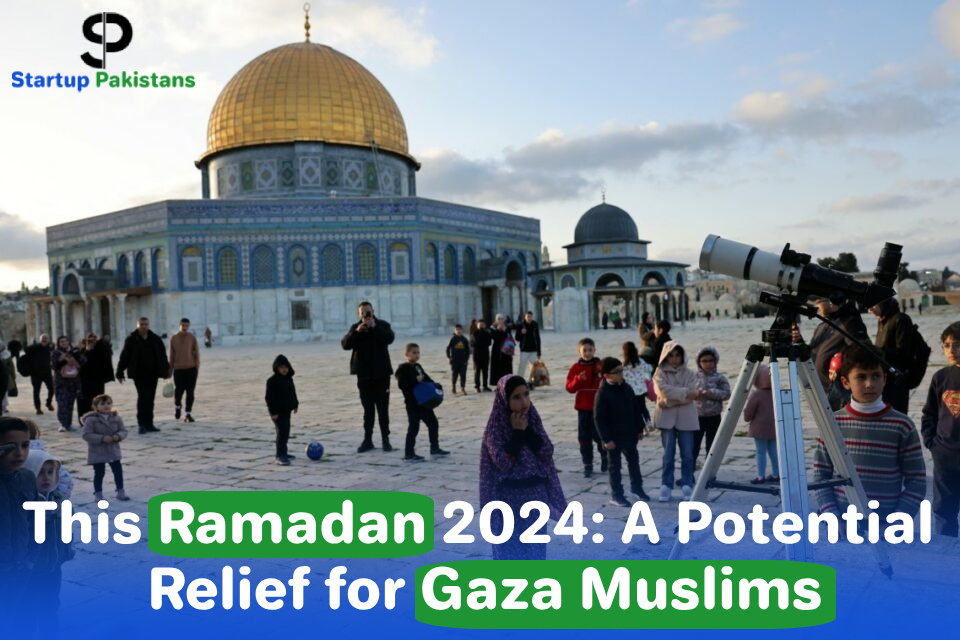

 <strong>Omer Mubeen Leading Pakistan’s 2025 eCommerce Breakout</strong>
<strong>Omer Mubeen Leading Pakistan’s 2025 eCommerce Breakout</strong>  <strong>Sehrish Ali Sets a New National Benchmark With Global Digital Awards 2025</strong>
<strong>Sehrish Ali Sets a New National Benchmark With Global Digital Awards 2025</strong>  Talha Sajid Wins “Best SEO Service Provider” Award at GDA 2025
Talha Sajid Wins “Best SEO Service Provider” Award at GDA 2025  Pakistan eCommerce Association Hosted the Global Digital Awards 2025 Powered by Delogics
Pakistan eCommerce Association Hosted the Global Digital Awards 2025 Powered by Delogics  Trump’s 155% Tariff Threat to China Hits Global Markets | Analysis by Mujeeb UR Rehman
Trump’s 155% Tariff Threat to China Hits Global Markets | Analysis by Mujeeb UR Rehman  <strong>Mujeeb UR Rehman Joins Global Web3 Leaders with Crunchbase and EverybodyWiki Profiles</strong>
<strong>Mujeeb UR Rehman Joins Global Web3 Leaders with Crunchbase and EverybodyWiki Profiles</strong>